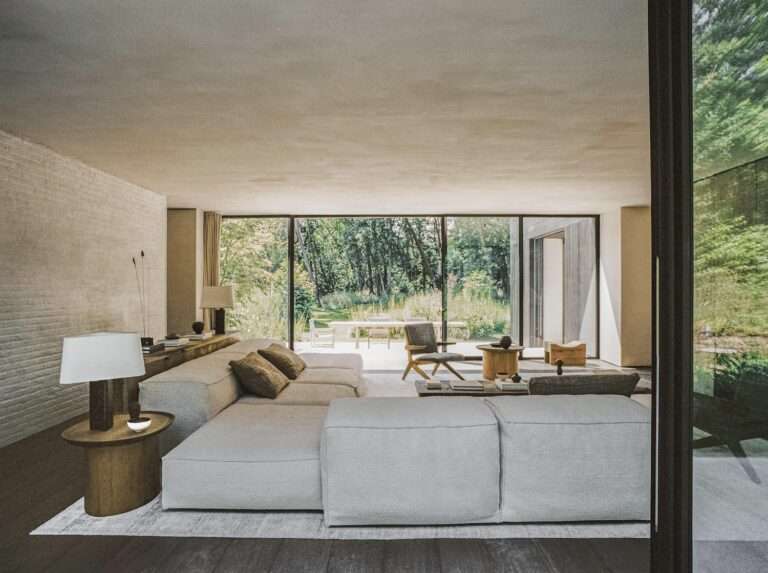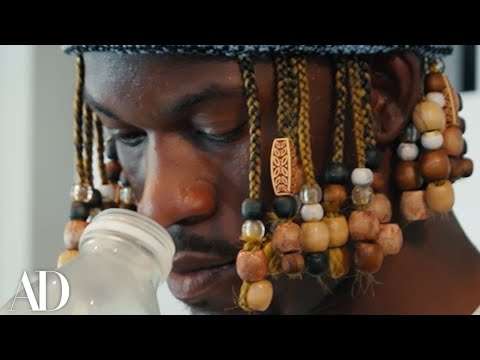Compared to the energetic buzz of Tokyo, the city of Kyoto still operates at a satisfyingly measured hum, retaining much more than a veneer of the country’s deep seated traditions, crafts, and history. It is a city where heritage still survives in spite of the encroachment of contemporary conveniences and technologies, and where the history of many businesses can be measured in decades…or even more than a century.
MAKHNO Studio, a Ukrainian studio dedicated to contemporary Ukrainian architecture, interior design, and ceramics, was tasked to thoughtfully update a section of a century-old house in Kyoto in respect to this enduring spirit of ancient Japanese culture – to carefully add “a drop of Ukrainian color to the Japanese context.”
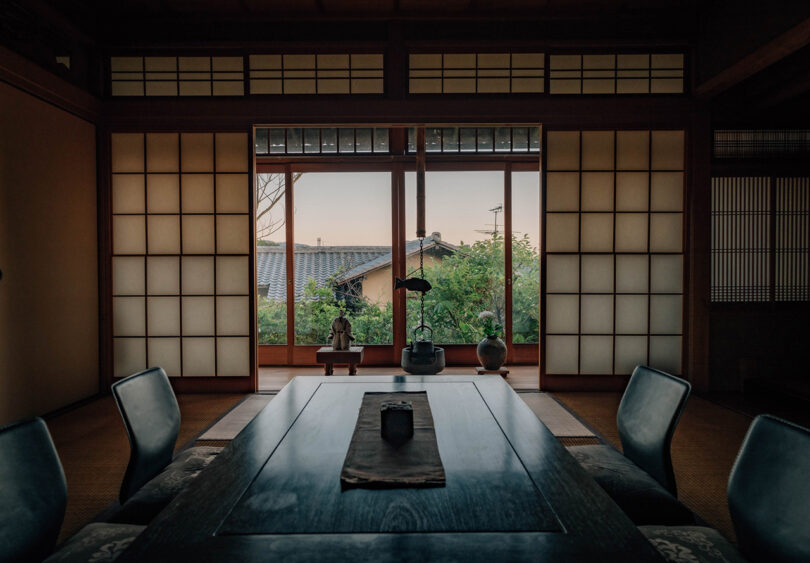
Owned by a family with children, the century-old KYOTO HOUSE still wears a discernible degree of its traditional heritage as exhibited by the rooms’ textured clay wall surfaces, original tatami mats, shoji screens, and a floor plan optimized for furnishings situated closer to the ground. The family uses this section of the home to stage traditional tea ceremonies and accommodate for overnight guests. The challenge presented to MAKHNO Studio was finding the gentlest path toward restoration, utilizing only touches of modernity with a conscientious care to maintain its historic ambience.
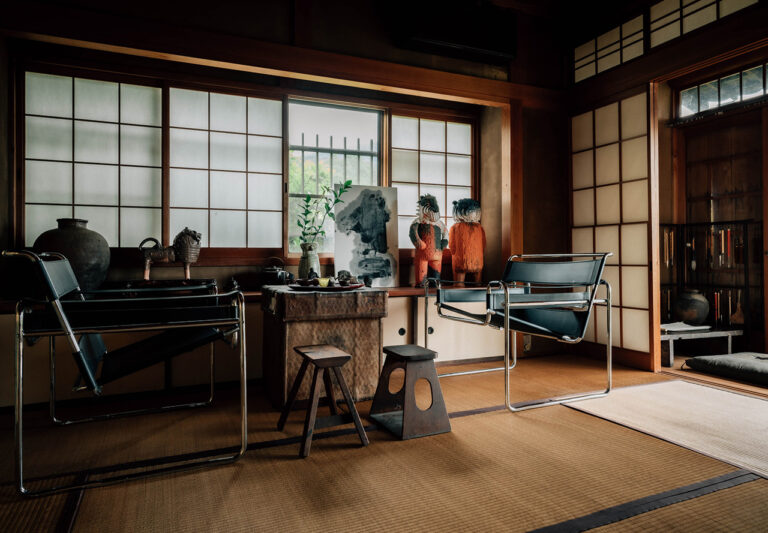
A pair of Wassily Chairs by Marcel Breuer for Knoll on paper may seem incongruous with the traditional Japanese elements, but placed thoughtfully as visual bookends, the seamless tubular frame and black leather blends pleasantly into its introduced setting.

The interior is characterized by its “shoin-zukuri” or “study style” detailing with origins spanning back to the dwellings of Zen monks and samurai of the 15th to 16th centuries, an architectural modus vivendi identified by rooms incorporating rice paper partitions and shoji sliding doors.
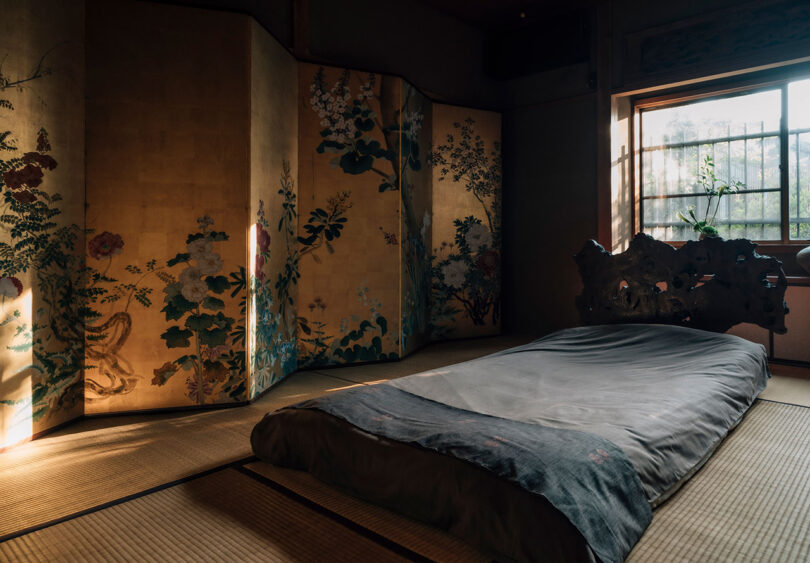
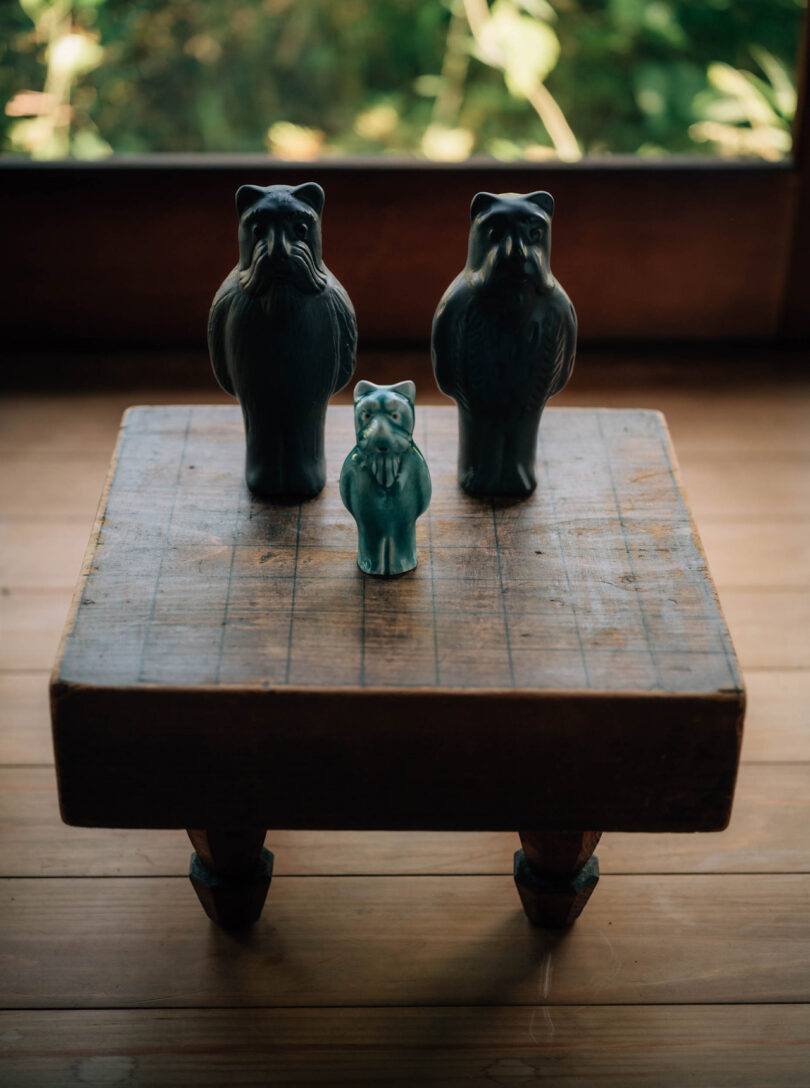

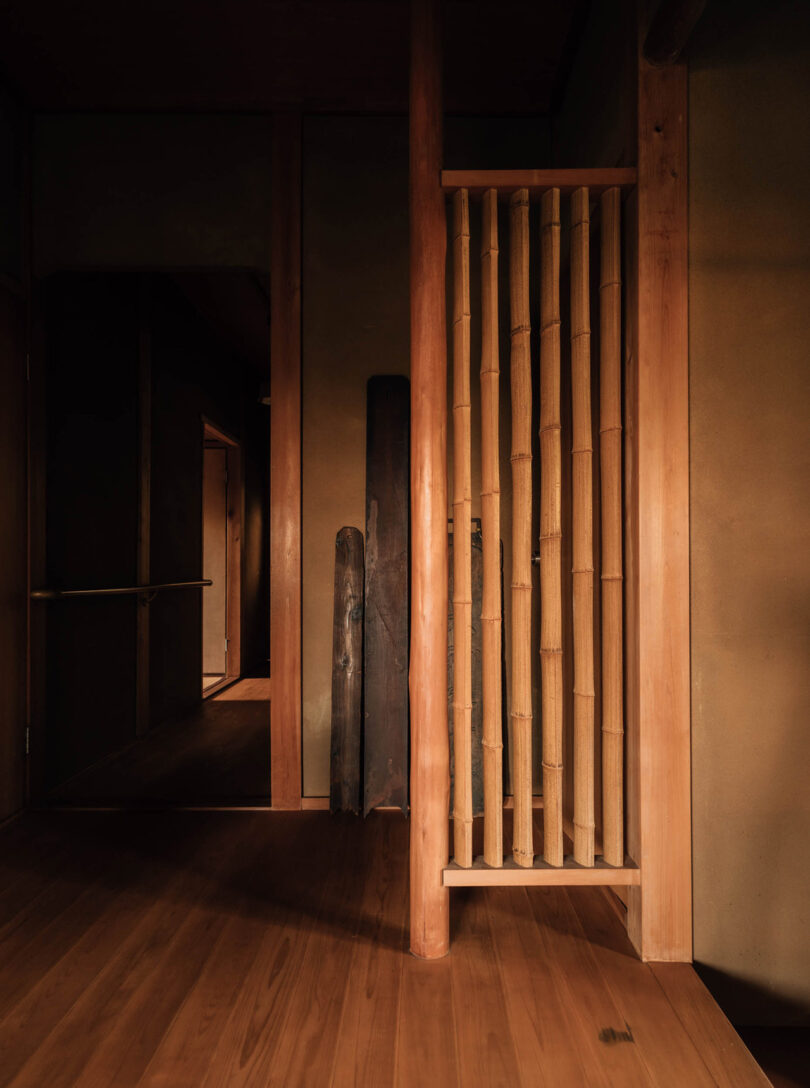
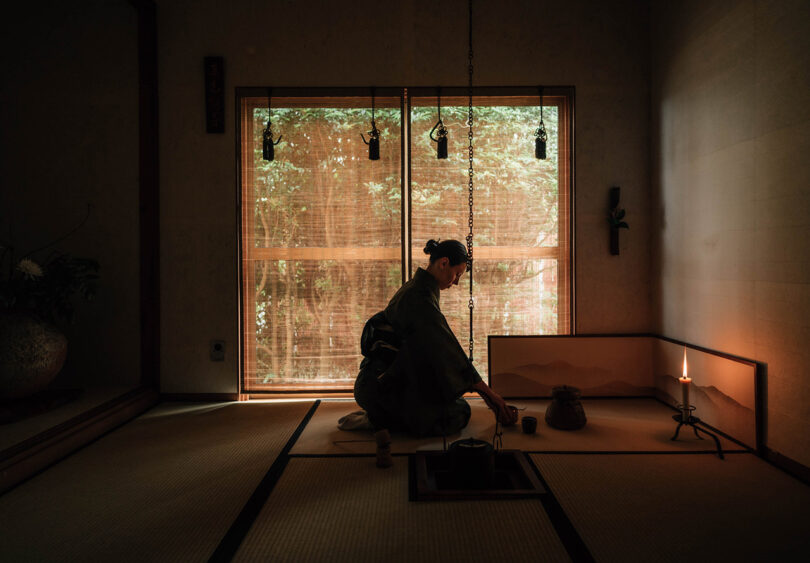
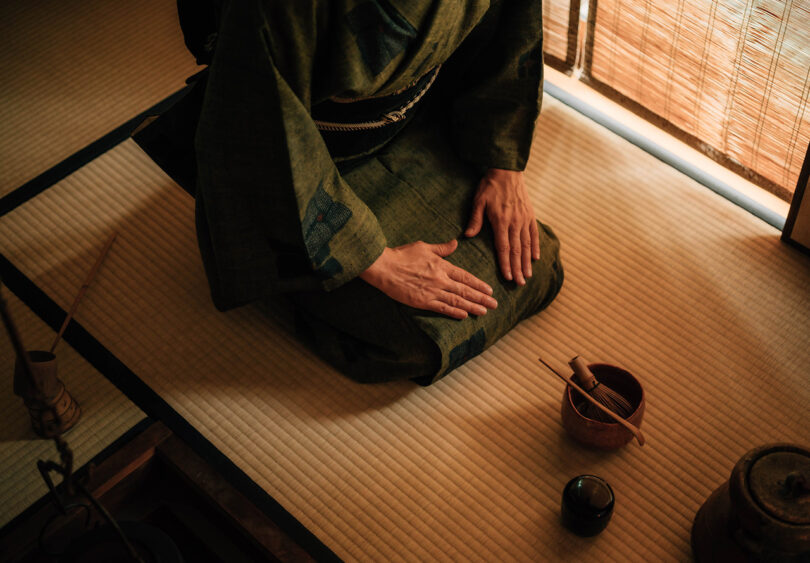
New elements of Ukrainian aesthetics were introduced to interplay with the original elements, including Ukrainian zoomorphic ceramics, plates, and earthenware by MAKNO Studio’s own Slavko Odarchenko, paintings by artist Oleksandr Babak, as well as traditional and modern Japanese graphics. The additions are subtle, with the sum of its effect upon the entirety of the space communicating the home operates not as a museum, but as a usable space aware of the present.

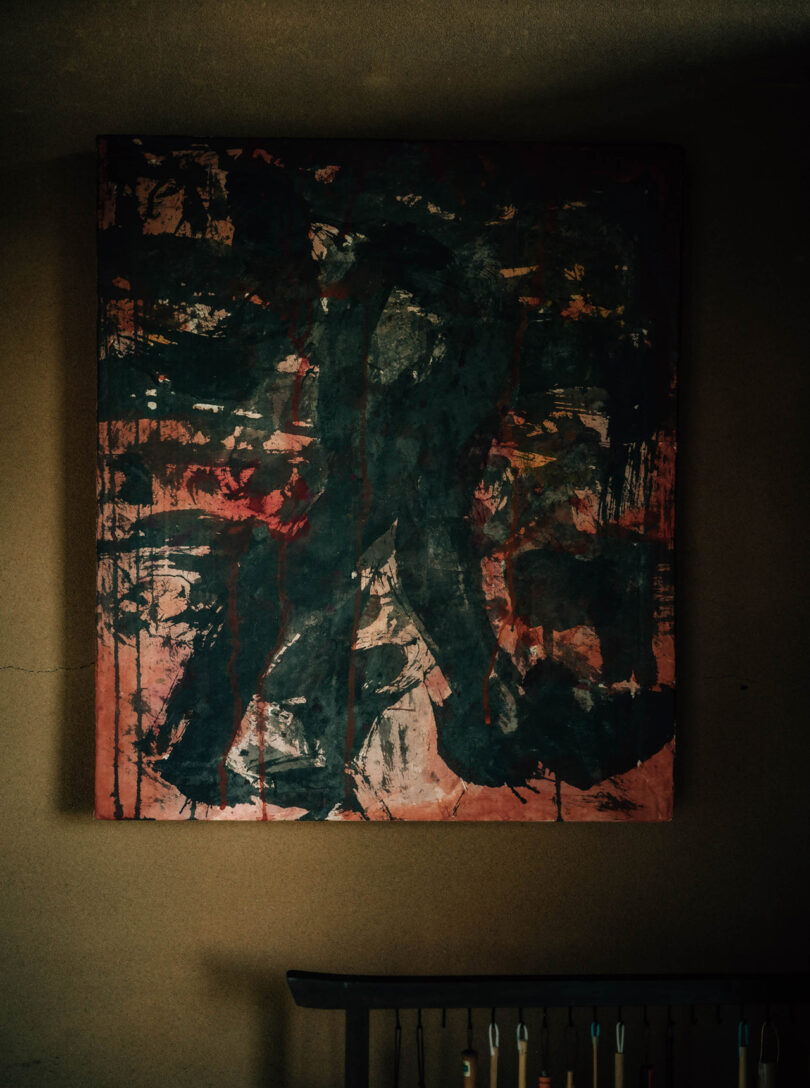
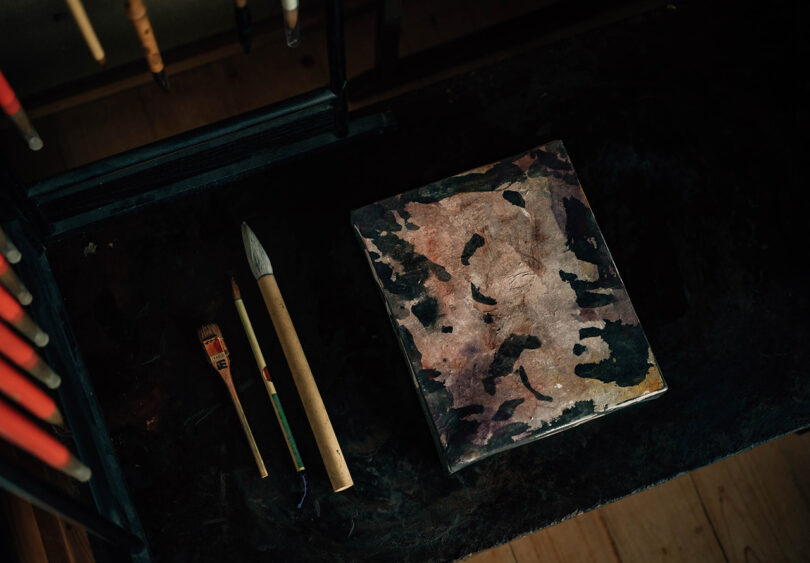
The waves of time left traces on [the home], making it unique. Therefore, when reconstructing it, it was important not to destroy these feelings, but rather to refine and enhance them by adding a drop of Ukrainian color to the Japanese context.

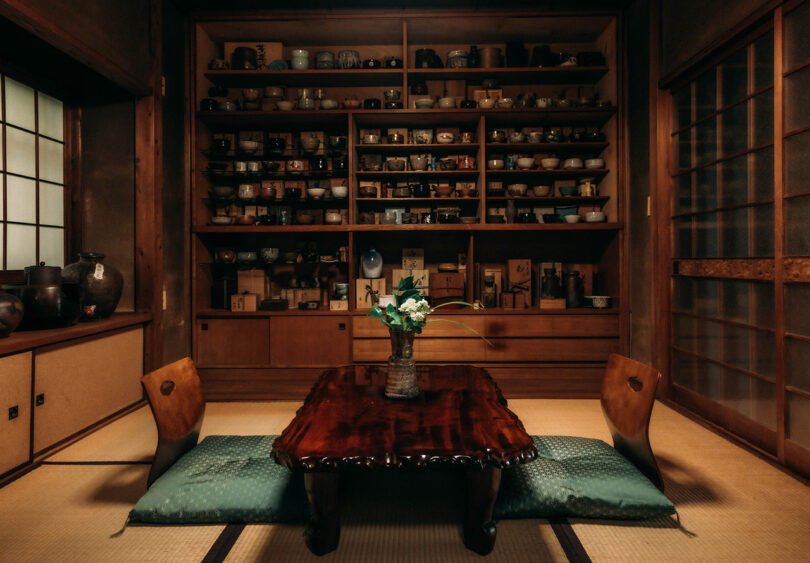
A minimalist ikebana arrangement of seasonal plants is placed as an embodiment of the principles of wabi and sabi: an appreciation of the beauty inherent in the transience of time.
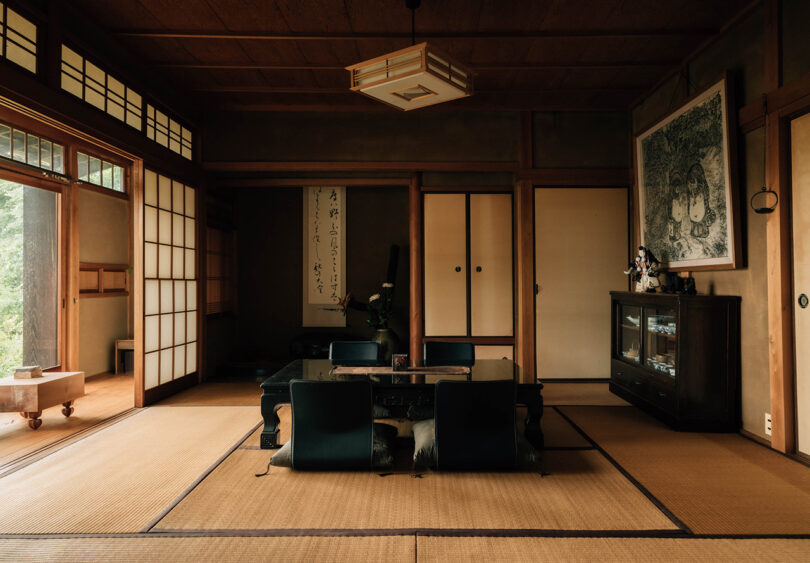

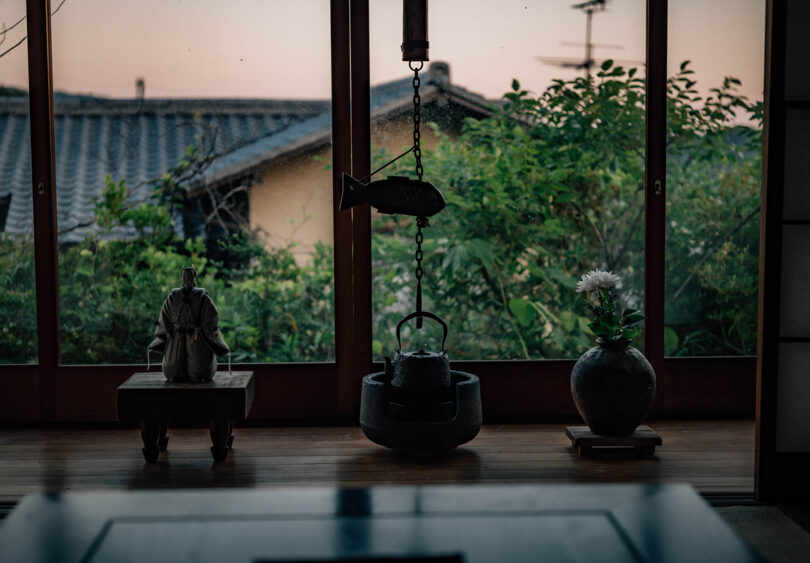
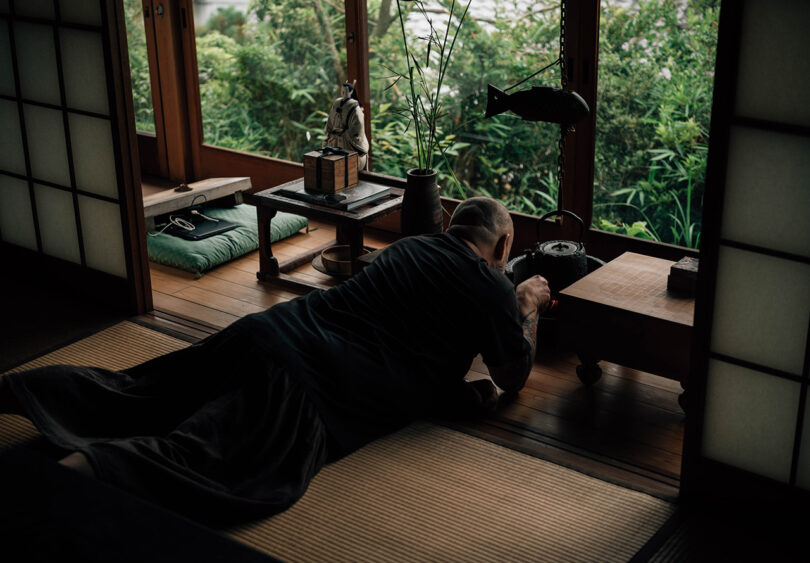
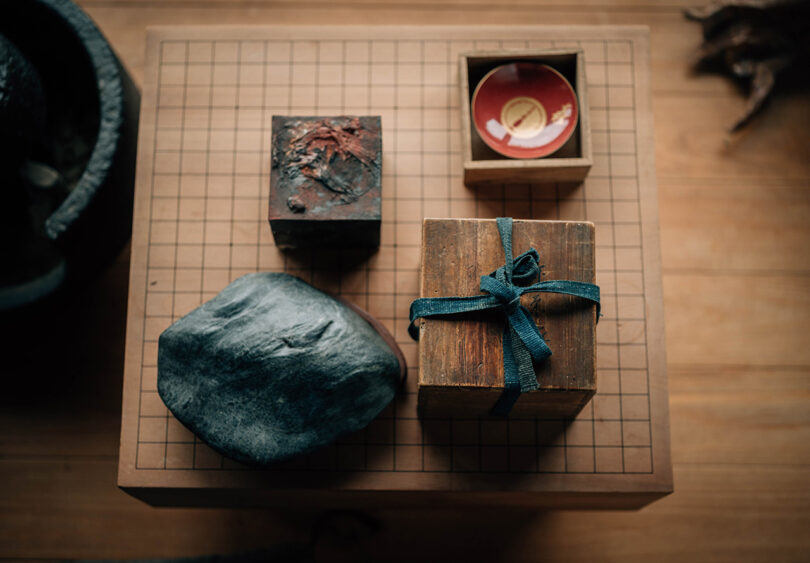
A “roji,” or small tea garden, welcomes guests with poetic landscaping decorated with Japanese ritual stones and Ukrainian DIDO art sculptures from the MAKHNO workshop. The small pieces are placed as protective totems, shielding occupants from bad vibes and unwanted guests.
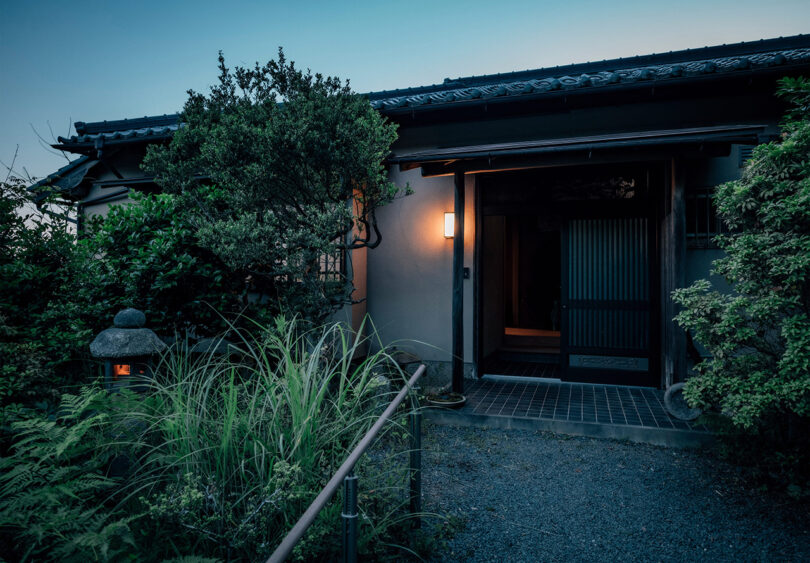

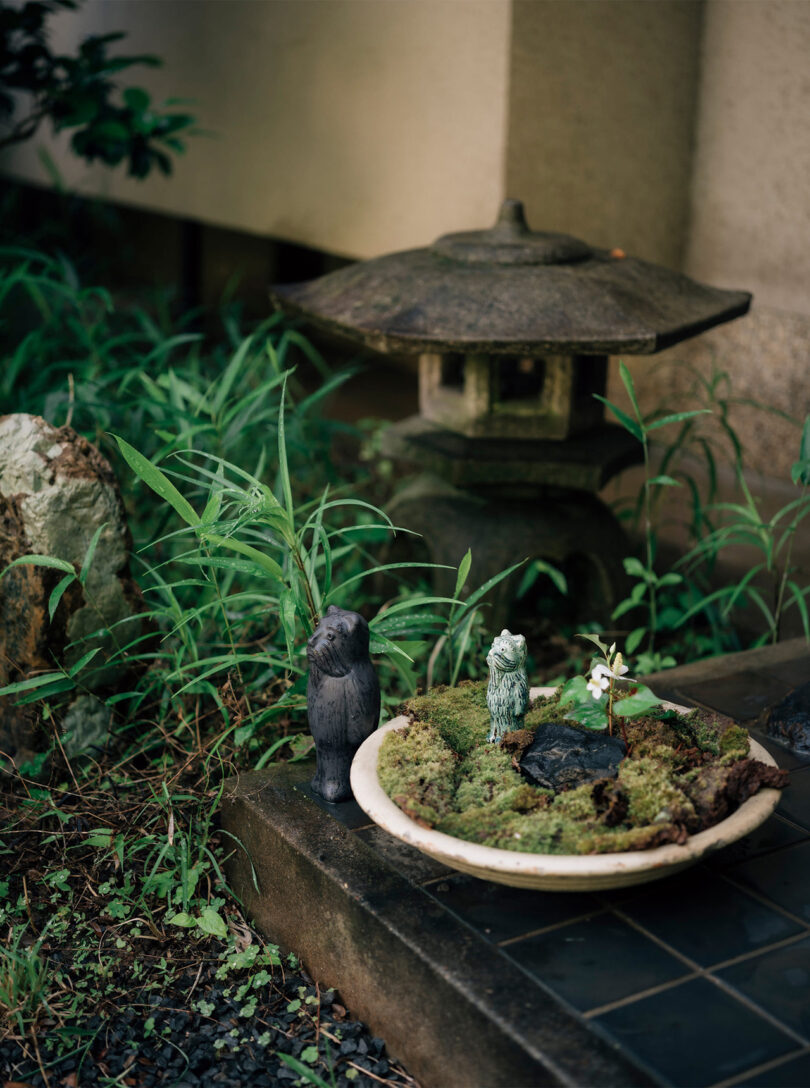
The KYOTO HOUSE embodies the harmonious convergence of two distinct cultures, inviting individuals to immerse themselves in the serene simplicity of savoring tea, connecting with our senses, and in appreciation of Japanese heritage. Or as succinctly stated by MAKHNO Studio’s founder, Serhii Makhno: “This is a home for tea and life.”
Photography by Naoki Miyashita.

